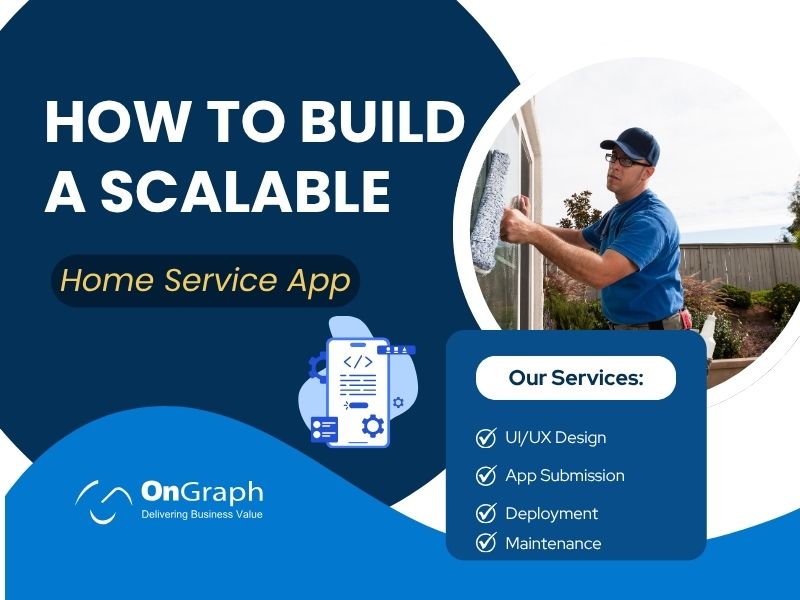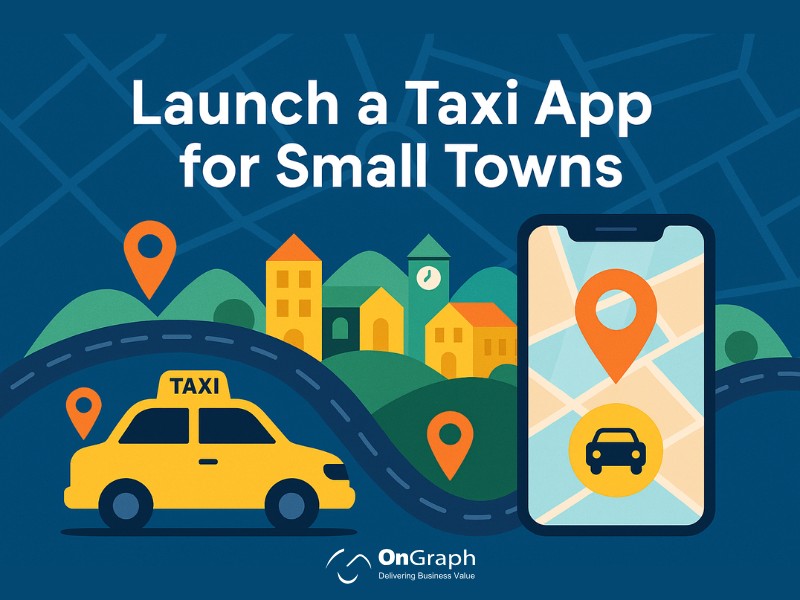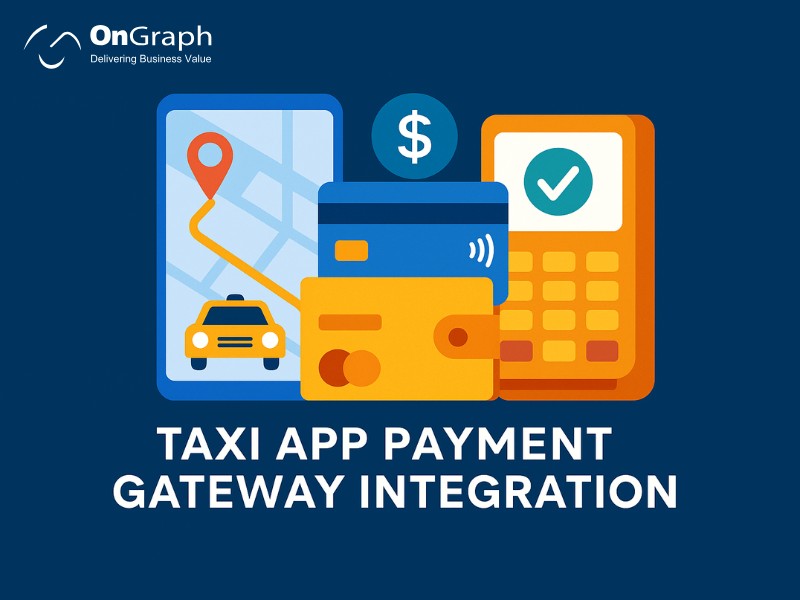The demand for home services apps has surged over the past few years, as consumers increasingly seek convenience and speed in booking services like cleaning, plumbing, electrical work, and more. A home services app allows users to easily find and hire service providers, making it a valuable tool for both customers and businesses in the home maintenance industry.
In this article, we will explore the key features that make a home services app scalable and successful.
From automation and seamless payment systems to user-friendly interfaces and provider verification, we will dive into the critical aspects you need to consider when developing your own home maintenance app.
This guide will help you understand the essential elements that drive success in the competitive home services market.
1. Automation for Efficient Task Assignment
One of the primary challenges for home services app development is ensuring efficient task assignment and provider management. Automation plays a pivotal role in this aspect, reducing the manual effort needed for dispatching tasks to providers.
In an automated system, the app can match customers with service providers based on location, availability, and skill set. For instance, when a customer requests a service, the app can use predefined algorithms to identify the most suitable provider in the area. This makes the entire process faster and more accurate, ensuring customer satisfaction.
Real-world example: Leading home service platforms like TaskRabbit and Handy use automated systems to match users with nearby service providers. By integrating AI-based automation, these platforms have seen significant growth in customer satisfaction and efficiency.
2. Seamless Payment Integration
A crucial feature in any home services app solutions is a seamless payment system. The app should provide multiple payment options, including credit/debit cards, online wallets, and even cash on delivery. Ensuring that the payment process is secure and transparent builds trust between the customer and the service provider.
The integration of payment gateways, such as Stripe or PayPal, makes it easy for users to pay for services through the app. Additionally, integrating a cash payment option ensures that users in regions with limited access to banking services can still use the app.
Updated statistics: According to a report by Statista, the global digital payments market is expected to reach $10 trillion by 2026, showcasing the growing demand for secure online payment systems.
3. User-Friendly Interface and UX
The success of a home services app largely depends on its user interface (UI) and user experience (UX). An intuitive, clean, and easy-to-navigate design enhances the overall user experience. Customers should be able to book services quickly, track service providers, and make payments with minimal effort.
Case study: Uber, a pioneer in on-demand services, revolutionized the way users interact with service apps by creating a highly user-friendly platform. A clean design and straightforward navigation helped Uber capture millions of users globally, and a similar approach can be applied to home services apps.
4. Service Provider Verification and Trust
Ensuring that service providers are trustworthy and qualified is crucial for building credibility and trust. A home services app development company should integrate a robust verification process that includes background checks, skills verification, and identity validation.
For example, the app can require service providers to submit necessary documentation, such as identification and certifications, before being listed on the platform.
Additionally, implementing a review and rating system allows customers to provide feedback on the quality of services, further building trust within the community.
5. Scalable Infrastructure for Growth
A home services app development company must ensure that the app’s infrastructure is scalable to accommodate future growth. As the user base grows, the app should be able to handle increasing demand without compromising performance.
Cloud-based solutions are often the best option for scalability. Cloud platforms like Amazon Web Services (AWS) or Google Cloud allow for easy expansion and resource management, ensuring that the app can scale to support additional users and service providers.
Example: Home service apps like HouseCall Pro use cloud infrastructure to manage millions of service bookings, ensuring seamless performance even during peak times.
Also read- How AI-Powered Automation is Transforming Home Service Apps
6. Push Notifications and Real-Time Tracking
Real-time updates are essential for keeping users informed throughout the service process. Push notifications can alert customers when their provider is on the way, when the service is completed, and when a payment is due.
Additionally, real-time tracking allows customers to track the progress of the service, ensuring transparency.
Integrating geolocation services for provider tracking ensures customers know exactly when their service provider will arrive, similar to how ride-sharing services like Uber provide real-time tracking of drivers.
7. Customer Support and Feedback Mechanism
A robust customer support system is vital for handling issues, complaints, or inquiries. Offering multiple support channels, such as in-app chat, phone support, or email, ensures that customers can quickly resolve any problems they encounter.
Additionally, having a feedback mechanism allows users to rate their experience and leave suggestions for improvement. This feedback loop helps continuously improve the app’s features and services, increasing user retention.
Ready to Build Your Scalable Home Service App? Let’s Talk!
We build smart home service apps with AI booking, real-time tracking, and features that scale.
FAQs
Task automation in a home maintenance app involves using algorithms to match users with service providers based on factors like location, availability, and ratings. This reduces manual work and speeds up task assignment.
To scale a home services app, ensure that the app’s infrastructure is cloud-based, allowing for easy expansion. Additionally, use automation and AI to handle increasing demand without affecting performance.
Service provider verification is crucial in a home services app. You can verify providers through background checks, skill validation, and customer reviews to ensure reliability and safety.
Key features include automation, payment integration, provider verification, user-friendly UI, real-time tracking, and customer support.
Push notifications can alert customers about booking confirmations, service provider arrivals, payment reminders, and more, improving user engagement and satisfaction.
About the Author
Let’s Create Something Great Together!
Latest Blog
















